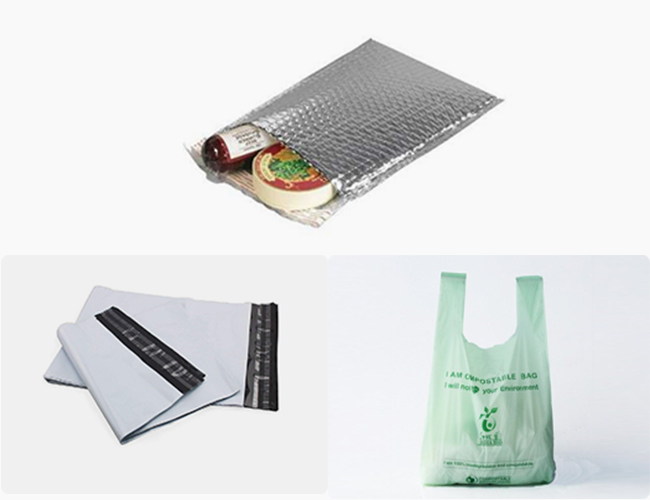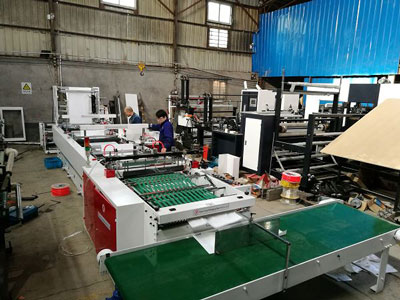 22 Sep 2023
22 Sep 2023The Bag Making Machine has become an indispensable tool in the packaging industry, especially in the production of plastic bags. As a key piece of equipment in this sector, the bag-making machine plays a crucial role in determining the quality and efficiency of the packaging process. The bag-making process itself is highly dependent on precise adjustments to the machine at various stages. Understanding and managing these adjustments is essential for producing high-quality, consistent products.
A Bag Making Machine is designed to produce plastic bags or other types of packaging bags from various materials. These machines can handle bags of different sizes, types, and specifications, with plastic bags being the most common product. Depending on the product requirements, the machine can manufacture bags with side seals, bottom seals, or other sealing configurations.
The key to efficient production lies in the proper adjustment of the machine. The adjustment process is critical in ensuring that the final product meets specific quality standards, including the correct size, strength, and sealing characteristics.

To achieve optimal performance from the High Speed Automatic Soft Handle Bag Making Machine, several key adjustments must be made based on the product's specifications:
1. Product Specifications and Type
The first step in the process involves understanding the product’s specifications, such as the type of seal (e.g., side seal, bottom seal), the incision size, the heat line specifications, and the sealing requirements. Each type of bag may require different settings to achieve the desired outcome.
2. Replacing Parts Based on Product Type
If the product changes, certain parts of the machine may need to be replaced. For example, if the bag's width changes, the iron plates (which guide the material through the machine) should be adjusted accordingly. Typically, the width of the iron plate should be about 2-3 cm smaller than the product width. Additionally, the heat knife mold should be replaced according to the hot-bonding specifications, and adjustments should be made based on the material's thickness and melting point.
3. Adjusting the Cutter and Heat Die
During the production process, it’s crucial to adjust the position of the cutter, especially the incision bit, to ensure precise cutting of the bags. Afterward, the location of the heat die must be adjusted to ensure the correct placement of the heat seals, providing strong and durable bonds.

4. Fine-Tuning the Electric Eye and Other Settings
The electric eye (used to detect the position of the material) must also be calibrated, especially if the product design includes patterns or logos. Adjusting the brightness of the electric eye is important to ensure accurate detection of the material’s position. Ensuring that the electric eye is well-positioned will help prevent any errors during production.

5. Heat Sealing Temperature Control
Maintaining the correct temperature for heat sealing is crucial. If the temperature is too high, the bag may wrinkle, whereas a temperature that is too low will result in weak seals. Regular monitoring of the heat sealing process and adjustment of the temperature are essential for producing high-quality bags with strong seals.

6. Regular Inspections
Throughout the production process, it’s important to constantly monitor the product’s specifications, incision, heat bonding, and sealing. Regular inspections help ensure that the machine continues to perform optimally, preventing defects and ensuring the final product meets all necessary standards.
To achieve the best results, it’s essential to choose a high-quality Bag Making Machine. A well-designed, reliable machine will enable faster production while maintaining high standards of quality. Investing in top-notch equipment ensures that the machine can handle varying production needs, reduce downtime, and ultimately deliver qualified products efficiently.
In conclusion, the bag making process relies heavily on the careful adjustment of the machine at each stage. By paying close attention to product specifications, machine settings, and regular inspections, manufacturers can ensure that they produce durable, high-quality bags in a timely manner. Choosing the right machine is the foundation for a smooth, efficient, and successful production line.
GET A QUOTE